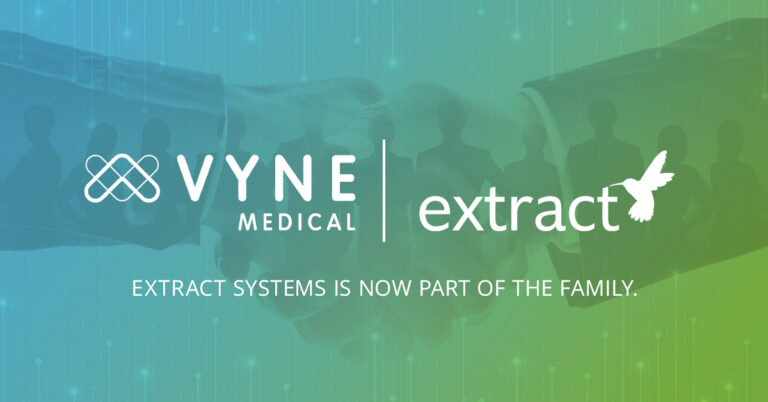
For Federal Employees, It’s Back To The Office
As many employees across the nation have been working remotely during the COVID-19 pandemic, there is no denying that there has been a huge workplace culture shift. Even as vaccines roll out steadily in many states, many organizations are weighing their options.
Companies such as Goldman Sachs and JPMorgan Chase have announced upcoming return to office plans for their employees. On the other end of the spectrum, however, companies including Square, Atlassian, Twitter, and Facebook have announced permanent remote work opportunities for their workforce. As speculation about the future of remote work continues, there is one major workforce sector that has been largely absent from mainstream news stories — government.
The federal government, the nation’s largest employer with over 2 million employees, has already started implementing their plan to bring employees back into their offices. Namely, the White House has asked that all of its employees return to the office in July after over a year of telework.
While the government is not typically looked to as a leader in innovation or swift transformation, during the pandemic many agencies were able to shift quickly and implement a long-term telework strategy. So if telework is working for federal employees, why go back? A few reasons:
-
Onboarding New Employees. Telework made it increasingly difficult to bring on new employees and make them feel as though they are a part of the organization due to a decrease in casual conversations outside of formal meetings.
-
Economic Impact. Think about the city you work in, when offices are not filled with employees, employers can look for offices with a smaller footprint, which is good for the agency budget but not so great for commercial real estate and rental management. That soup shop that was packed during lunch hour? Now it’s empty because employees are not commuting to the office.
There are further ‘wins’ when teams are able to be together all in one place like having a more secure work environment, the ability bounce ideas off coworkers without scheduling a meeting, and quicker access to your leadership. Even with these valuable upsides, there are definitely reality checks for many when it comes to the return to work like convinces (no commuting, etc.), increased flexibility, and savings for taxpayers.
In the beginning, going remote so quickly added stressors to the government’s ability to offer its regular services, groups needed to secure technologies and adjust to new environments. The same will be true as these agencies shift back to in-person work. Teresa Gerton, president of the National Academy of Public Administration explained, “the administration has got to think through everything from how you deal with people who are unvaccinated and won’t get vaccinated, to how you deal with labor relations. And do those contracts have to be renegotiated? What is the method of performance management for people who aren’t going to be in the office?” Gerton later added, “It is not as easy as flipping a switch and just saying everybody back.”
As far as for what comes next and how to safely return workers, Jeff Neal, a former chief human capital officer for the Department of Homeland Security believes that what, “we’re going to see is something that’s somewhere between what we had pre-pandemic and what we have now,” adding, “I think you’re probably going to see more people working remotely. I don’t think every agency is going to say anybody who wants to work from home can.”
While how or when we return to ‘normal’ is up for debate, it is clear it will take a bit to craft a new post-pandemic work life for federal employees.
Extract aids in getting records automatically indexed or redacted so they can be put online, and citizens have access to the information they need without coming into government offices. This frees up employees’ time and empowering both remote and in-person work. If you’d like to learn more about our services, please reach out.
Sources:
https://www.govtech.com/pcio/on-site-remote-or-hybrid-the-case-for-in-person-teams
https://www.govtech.com/workforce/will-government-buildings-be-empty-after-the-pandemic



